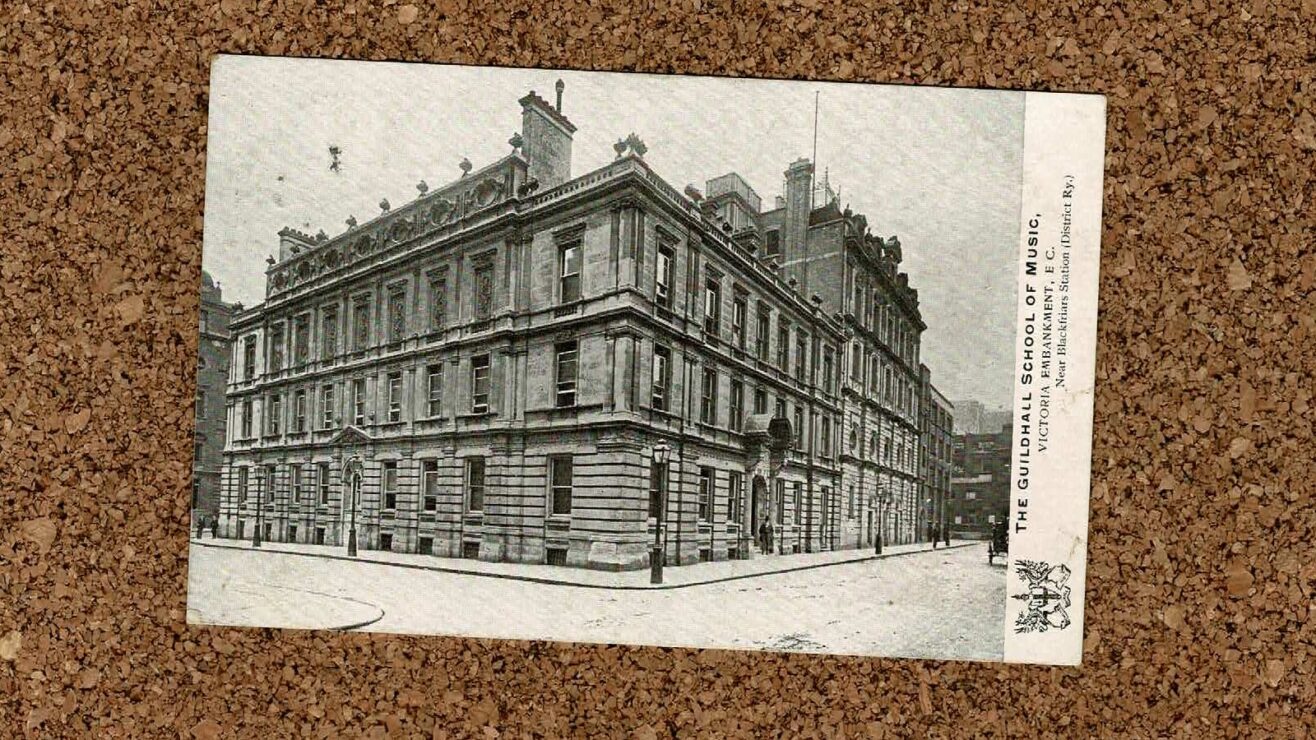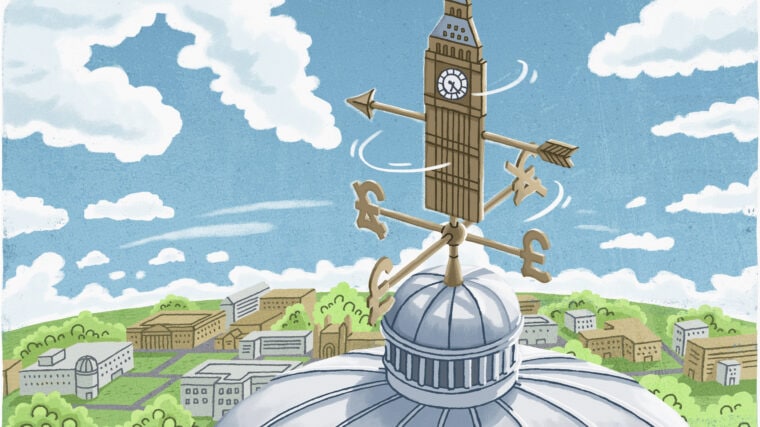Higher education is just one part of a much larger educational ecosystem that students will attempt to chart a course through during their lives.
Unfortunately, there is often so much happening from both a policy and day-to-day perspective that it can be easy to forget that it can be difficult to look beyond the student life cycle.
So it is unsurprising that many of us who are involved in the planning and delivery of career development and employability activity in higher education institutions are not always aware of the careers landscape prior to, and post, HE. This is despite the fact that they are likely to be working with many students and staff who will have received some form of support from careers professionals in schools and colleges before making the transition to university.
While the outcome of last year’s Education Select Committee inquiry into Careers Education, Information, Advice and Guidance (CEIAG) in England has led to more focus on the creation of an all-age careers system, a renewed commitment to the Gatsby Benchmarks as the framework for quality careers provision in schools and colleges, and a continued emphasis on the importance of primary-age careers education (to bridge the gap between different stages of a student’s educational journey), the role and responsibility of HE careers services in this discussion has been notably absent.
Whether this is by accident or design, what happens in the CEIAG space outside of HE absolutely matters to careers professionals and educators undertaking this work within universities, for a few key reasons.
Policy and perceptions
Policy developments that affect the career development landscape outside of HE have a knock-on impact within the sector. Take the government’s current vision for a single, unified, all-age careers system, for example, which has pledged to “develop a fully integrated all-age careers system that is built around the needs of all individuals, the user journeys they take, and the type of careers support they need.”
This is absolutely something that careers professionals delivering CEIAG within HE would need to be involved in. And the implications could be far-reaching. For example, such a unified system could mean the HE sector has to adopt a framework of good practice like the Gatsby Benchmarks rather than setting its own standards, which could have a huge impact on current practice.
Students don’t simply reset when they come to university, they bring all of their pre-existing knowledge and experiences with them, and the same is true when it comes to the careers education they have encountered in their time in school or college to date.
How people experience the careers support they receive at one stage of their lives can have a direct impact on their perception of careers services at a later date. In the recent Youth Voice Census 2023 report from Youth Employment UK, only 24.5 per cent of the secondary school students who completed the survey stated that they would go to a careers adviser for careers support. It would be naïve in the extreme of HE careers services to think that this sort of attitude towards careers professionals is likely to change significantly in the intervening years between school and university, or would disappear upon enrolment without those individuals having the opportunity to learn more about how careers services can help them.
This is why as a sector we need to be plugged into what is happening in all other stages of the careers education, information, advice and guidance journey – so that we can consider what we are offering and how it may provide continuity with this approach or offer a point of difference tailored to the new circumstances students find themselves in as they transition from FE to HE.
So, is anything being done?
Gratifyingly, the answer is yes – there are things already being done to help build the bridge between careers provision in HE and other parts of the education system, even if this is still very much a work in progress. Natalie Freeman, UEA Award Officer at the University of East Anglia and author of the Building the Careers Bridge blog, is on a mission to help connect the way careers education, information, advice and guidance (CEIAG) is delivered from secondary school and further education to HE. She has these suggestions for how universities can improve their work in this area.
First, include general information about what university careers services offer in outreach team resources or talks to schools. At UEA, collaboration between the careers and outreach teams on this front has included adding information to the outreach web pages for prospective students, an additional slide on the presentation given to sixth form or college students about university life about the careers service, and a podcast episode for heads of sixth forms on what students expect from their university careers service. We have also seen other organisations using podcasts as a way to communicate the benefit of university careers services with a school or college-age audience.
Second, networks: liaise with local school or college careers leads to create employability skills awards that tie in with the university skills award, where they exist – this can help to establish continuity and connectivity between what students may be learning in school and show them that what they are doing now will be transferable if they take the decision to go to university.
Finally, student partnerships. Create opportunities for university student ambassadors to work with students in local schools or colleges on activities such as “selling yourself in UCAS applications” and “exploring values and motivations” – this can help to demonstrate the value of career development and employability skills from a more relatable source and provide an opportunity for current HE students to promote the benefit of engaging with careers services (with a little advanced preparation!).
For more examples of this bridging process, keep an eye out for our work with National Careers Week, which currently involves myself, Hayley De’Ath from Anglia Ruskin University careers service and AGCAS collaborating on a strategy to involve HE careers services in NCW and National Green Careers Week.
Building the careers bridge between the different elements of our education system has never been more important, and with a general election on the horizon and a renewed focus on lifelong learning, linking up professionals and the CEIAG work they do across all parts of the secondary education, FE and HE sectors could be a key part of helping us demonstrate the value of what we do to both government and the wider public.















As a “school based” Careers Adviser I think this article makes some very timely and important points. Joining up the systems can only benefit our clients who, may come to careers support at different times. It is also important for school based Careers Advisers and Career Leaders, to build relationships with University Career Services/ Departments, as relationships are a two way process. Best wishes, Chris Targett